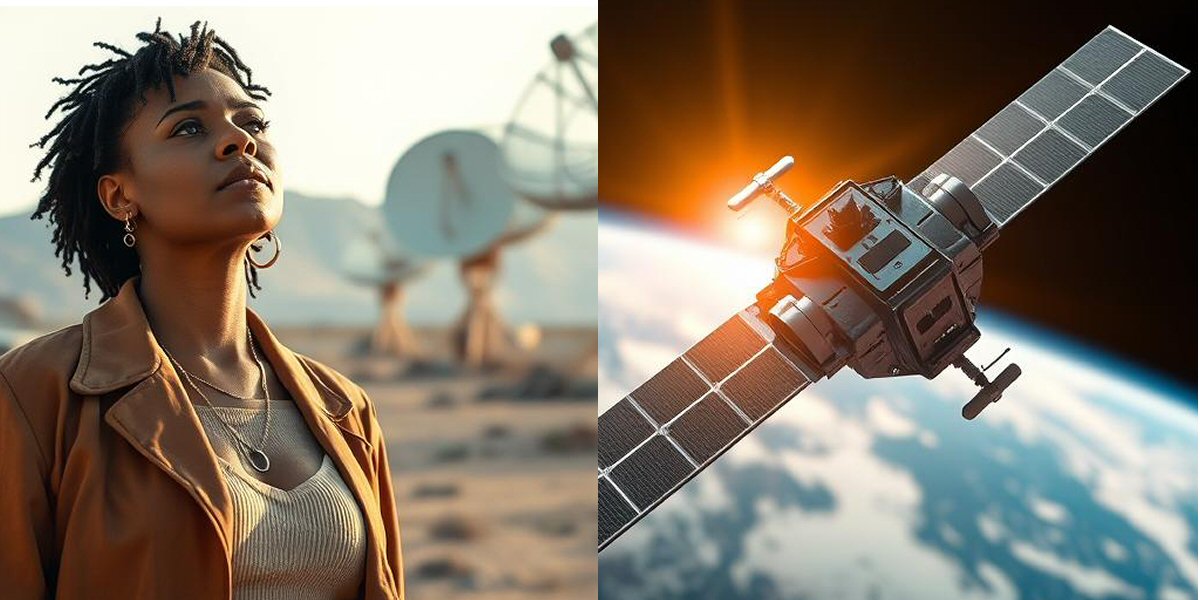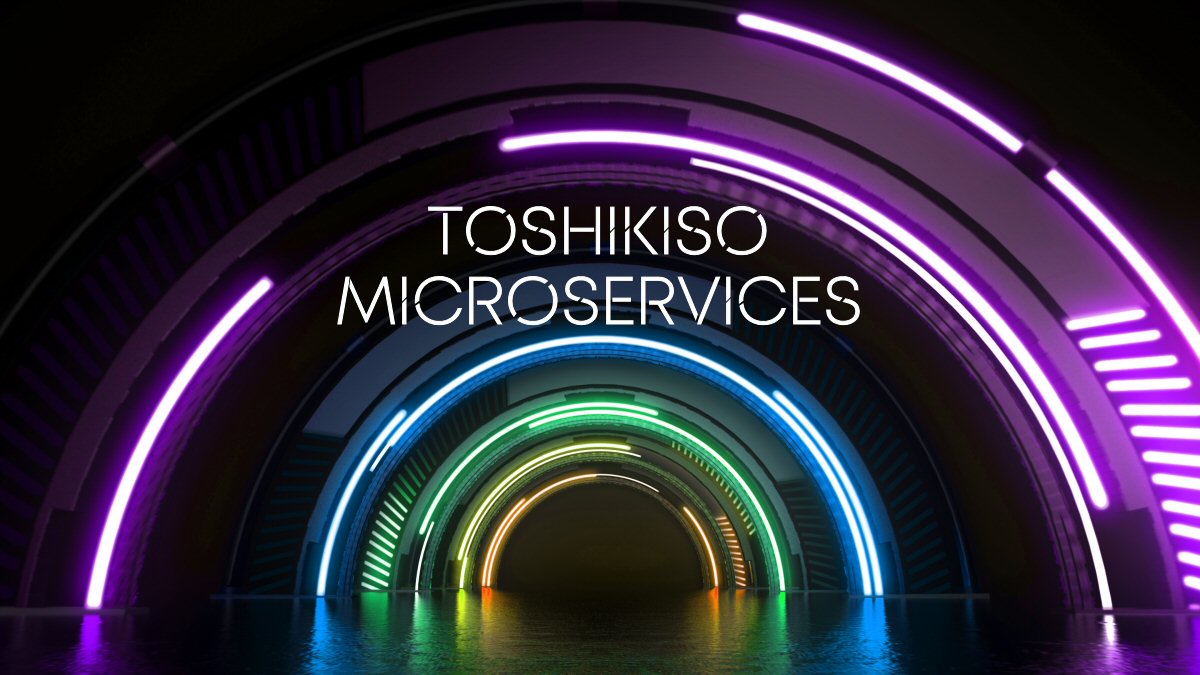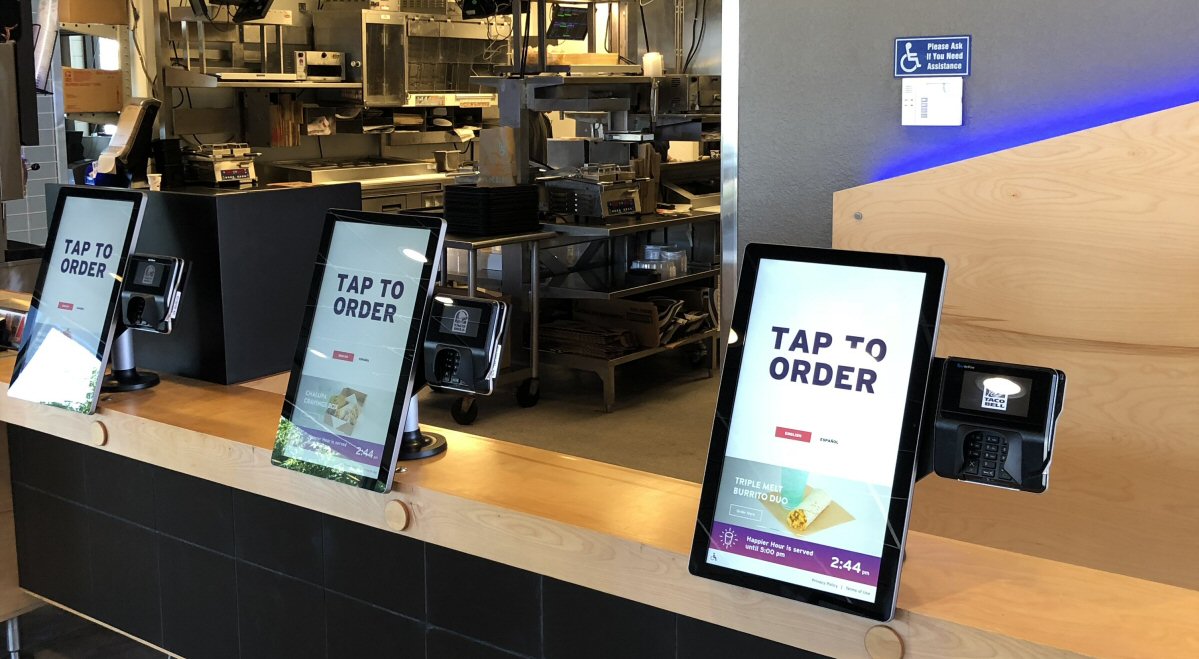The World is Yours as a Satellite-As-A-Service Entrepreneur

One data transport method we were researching for Toshikiso was moving data through satellites. We were considering moving our data through satellite cloud providers. In this article, we are going to talk about what we research and our analysis and possible opportunities.
What I want to do here is explain what is a Satellite-As-A-Service, business models, analysis and opportunities. This is an opportunity that one person can launch by themselves or a small team and can also be prototyped from a used laptop computer from the pawn shop.
It important to make sure there is an understanding this is not a rocket/space article. This is really space data and data processing techniques such as ETL. The satellite and space are just the method of collection, storage, and transmission of data.
What is Satellite-As-A-Service?
A Satellite-As-A-Server or SATAAS is a service that allow you to rent bandwidth and storage to send data to a satellite, store data on that satellite, and transmit the data to a receiver dish. Modern satellites are more advanced than the clunky image most people think of from the 1980s. Satellites today are small enough to fit in a person hand and have smaller circuits and parts for solar power and data storage.
Satellites that host this kind of service are private-owned corporations that launch and manage their own satellites, so you don't need to get yourself involved in this part. The part you do get involved in is what data to collect from space and how to get that data back down to you.
Also, you have to look at the type of orbit of the satellite and data transmission you interested in. You can choose a stationary satellite serving one spot that moves as the same speed as Earth rotation. Or you can choose a satellite that spins around the Equator or from the North Pole to the South Pole collecting and sending data around the world as it orbits.
The second part is the ground station that receive and process the data. While some services have their own satellite dish to receive data from the satellite, most cloud platforms from Azure to Amazon Web Service offer a service to collect and store satellite data.
What cloud services do is connect to the satellite in question, collect the data and store it into their cloud storage. They also offer compute service on the data to process the data and stream it to the destination endpoint who can access it regular API.
What Type of Business can Use SATAAS?
This is the part I would like you to seriously think about before moving forward. The reason why is most data you can move through space can be moved through land and sea as well. You have to know who is your customer and why would they need satellite data.
For our Toshikiso platform, our consideration was to transmit sync data to remote stations and small villages around the world. The remote station has Toshikiso installed locally and would receive data via satellite to transact.
But there are several challenges in this scenario. First, if they do not have land-based internet access, they don't got money to pay the higher cost to transmit data from space.
Second, if they don't have the money to afford space data, they don't have the money to build and manage a receiver station and a satellite dish. The target audience on our end is not feasible to use this service and make it profitable.
For me, I would lose money on this endeavor if I implemented this to give small villages and remote areas Internet access. There are plenty of rich billionaires who can do this charity work.
But there are type of corporate-grade clients for this service who can afford it and need it.
Remote Stations. Sea-based oil rigs and remote drilling locations on land is a good example. These are energy companies with land rights in remote areas far away from civilization.
Travel Fleets. These are ships, aircrafts, trains, trucks, bus transport where the crew need information. From oceanic fishing boat to cross-country bus travel.
Scientific Expeditions. This can be funded expeditions on the North and South pole or other remote areas for surveying and share data to base camp.
These are established clients who have traditionally used satellites. Now, let's talk about who can use SATAAS today and who you can target with this service.
Fourth Industrial Revolution Use of SATAAS
While most data solutions can be done on the land, it is possible to leverage satellite data in certain scenario. The central core of this solution is blockchain technology. A distributed ledger can be sent via satellite to receiving parties worldwide that can be interrogated and trusted as shared data.
IoT. These internet devices are mostly sensors that can relay data such as the weather for a local region. One example is motion detectors or smart cameras that can detect foot traffic in every store or popup around the world.
Directives. These are written instructions such as credit or debit an account ledger, apply a software patch, or turn on or off an IoT device.
Distribution. This is shared information that need to be shared in a timely fashion such as news and market trade data.
The reason why you use satellite in this case is to bypass traditional Internet traffic. Similar to WLAN but on a global scale.
If you understand this approach, there is new paradigms of global opportunities that can be realized from smaller startups that only mega-corporations had access to. There are tremendous opportunities abound by having a mechanism to control smart object globally, control process globally, have orbital reach about the globe.
Handling Data Via Satellite
The way you handle data is no different than you should handle data moved through traditional means. This is one of the things you have to do as someone who will help facilitate the satellite delivery. In reality, you are delivering a hybrid cloud solution to software applications but doing it via space.
JSON Format. This is the standard format to send a data object. Usually the client will already have this format but you should make it standard practice to transmit any data in JSON.
Message Encryption. The message is traveling via satellite and satellite transmission can be intercepted by nation-state actors or anyone with high-tech equipment. The message in JSON should be encrypted and the file should be converted to binary.
Encryption Keys. These are public/private keys held by the sender and receiver to encrypt and decrypt the message. Digital signatures are also use to verify the sender has encrypted the message.
These are general concept but I want to make something clear – all of this is already built into Toshikiso blockchain and encryption services. Every Kossier address has their own keys assigned to carry out these tasks. But if you want to build out your own system, it is not difficult to accomplish.
Getting Started with Cloud Providers
There are several cloud providers around the world who provide cloud-based service. The process is the same.
Register with Satellite. The satellite is usually connected by antennas and dishes that have permission to connect. Most satellite owners make their registration information available to cloud providers as a channel.
Receive Satellite Data. The cloud system contacts the satellite to send data at an interval using a scheduled request. Rarely do they do an on-demand request for data.
Process the Data. This is where they really make their money, from the compute. I suggest you skip this part and process the data yourself.
Yes, you can buy your own antenna or dish station and register with satellite owners to host your customers but you can leverage cloud providers who will lower your cost of acquisition and boarding. But what I do recommend is just take the download data as-is and process it yourself with local computers as it is cheaper.
One thing to keep in mind is if you sending an update to append to existing data or keep sending the same data. What is recommended is send small cheap packets via satellite and use a blockchain to trust the hash matches correctly throughout the distributed ledger.
Setting Up Your Business
Your business model should be a space data consultant and integrator. The heavy lifting already has been done by satellite operators and ground stations. You should focus on tapping into the space data sector to deliver new paradigms of business models. You can start this business by yourself and as a side hustle to your regular job until you land your first big contract.
Your qualified customer is not going to be some goofy yokel typing comments in Reddit; it is going to be a very smart, ambitious, maverick who think big and want to move big in this world. They the type that hangs out in Dubai in a hi-tech freezone space building up a high-tech company. But they have the money to pay you properly.
Your vision is to deliver unprecedented scale by delivering distributed data for a company to any point on the globe. For example, if I used this service then I can help create rapid expansion of Toshikiso to create smart villages anywhere in the world quickly without local Internet providers.
That is what satellite data delivery can do, remove the local barriers and create a global-accessible transmission network to scale quick and fast.
Another good example if someone created a global digital university and call it Satellite University – someone in Argentina can just point to the satellite, download all of the course work and get started and pay the licensing fee in crypto and that person didn't have to do any heavy lifting to establish a presence in Argentina.
There is big future in this and something I will cover in detail at our Discord announcement event when I announce our upcoming node syncing service that we designed and developed in Tokyo that can facilitate this type of data services.




















